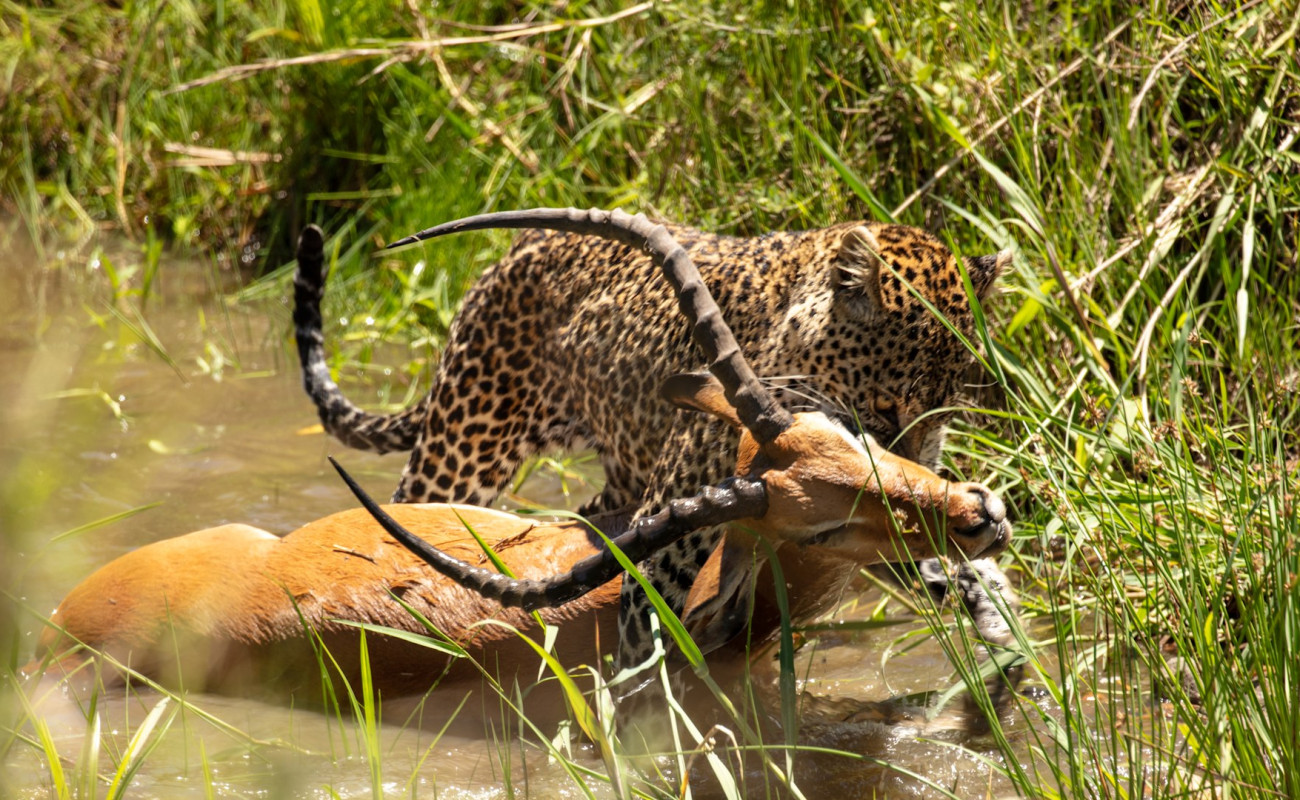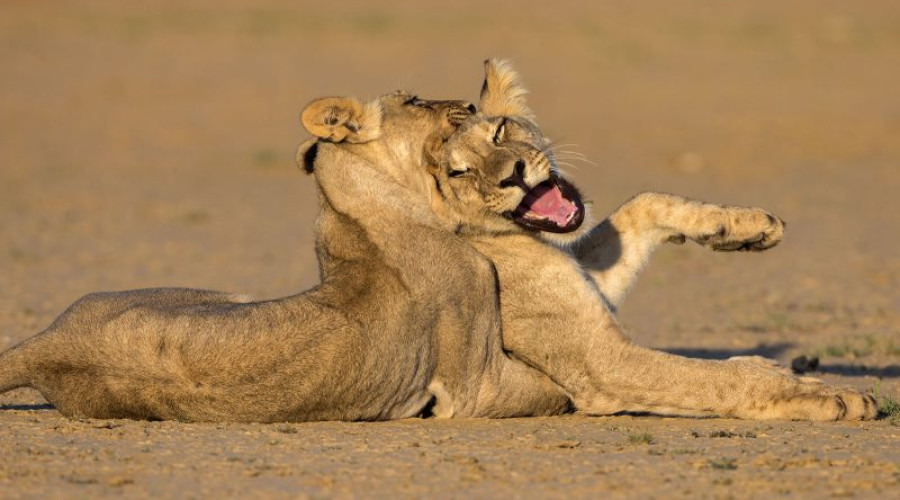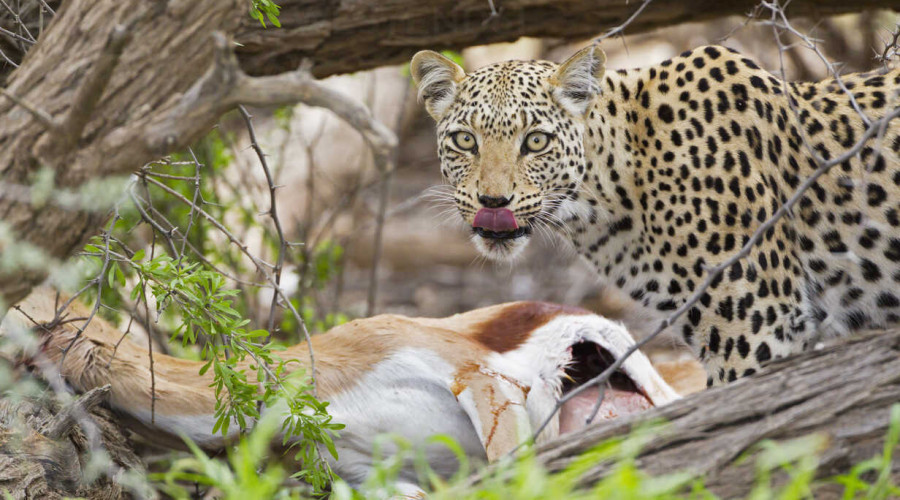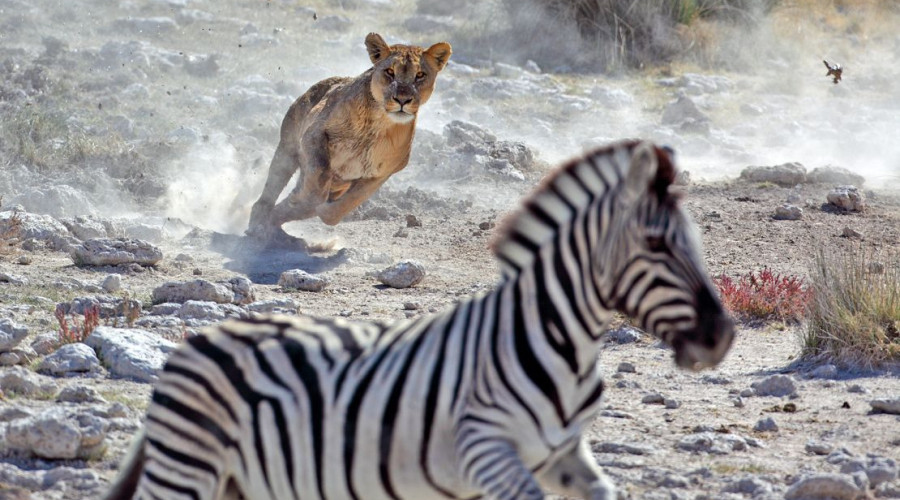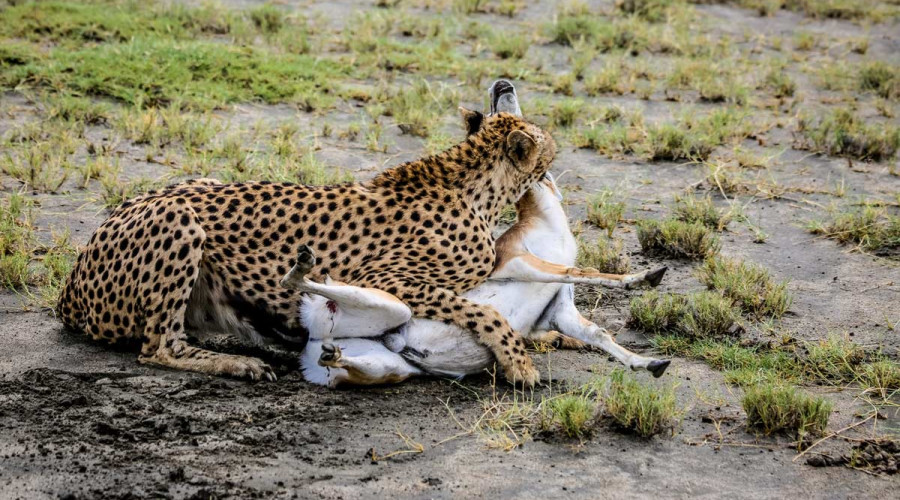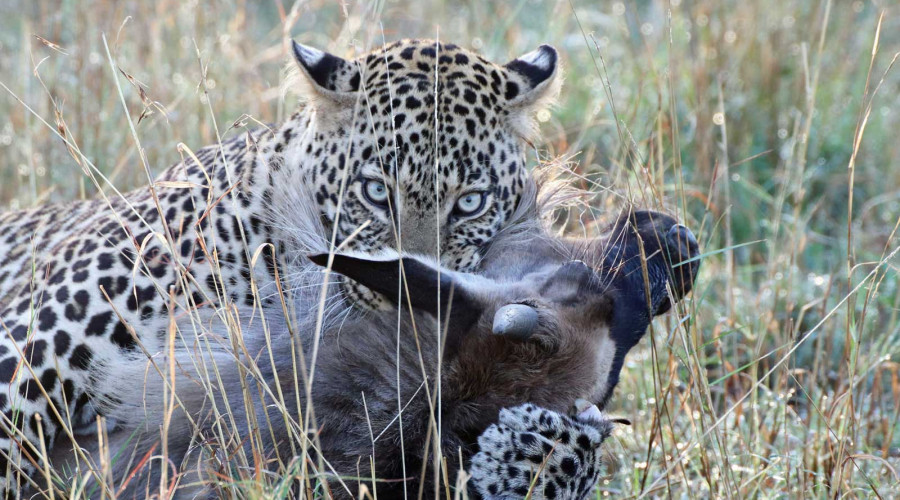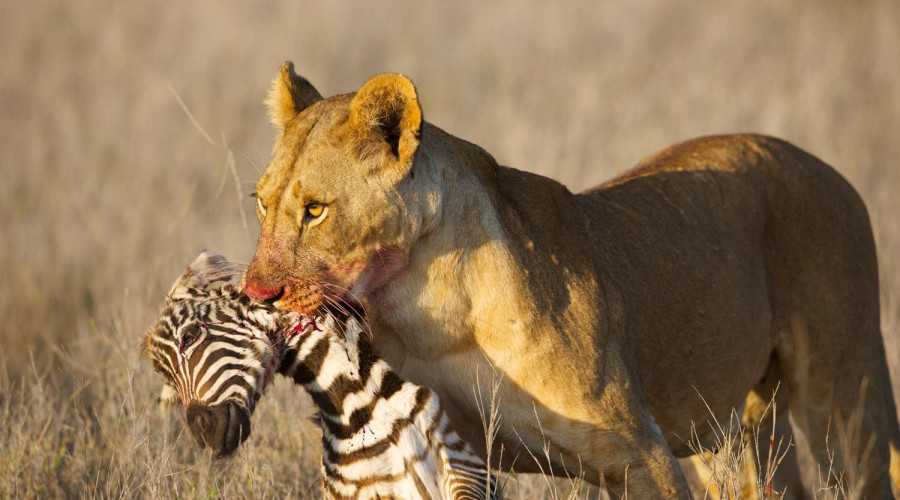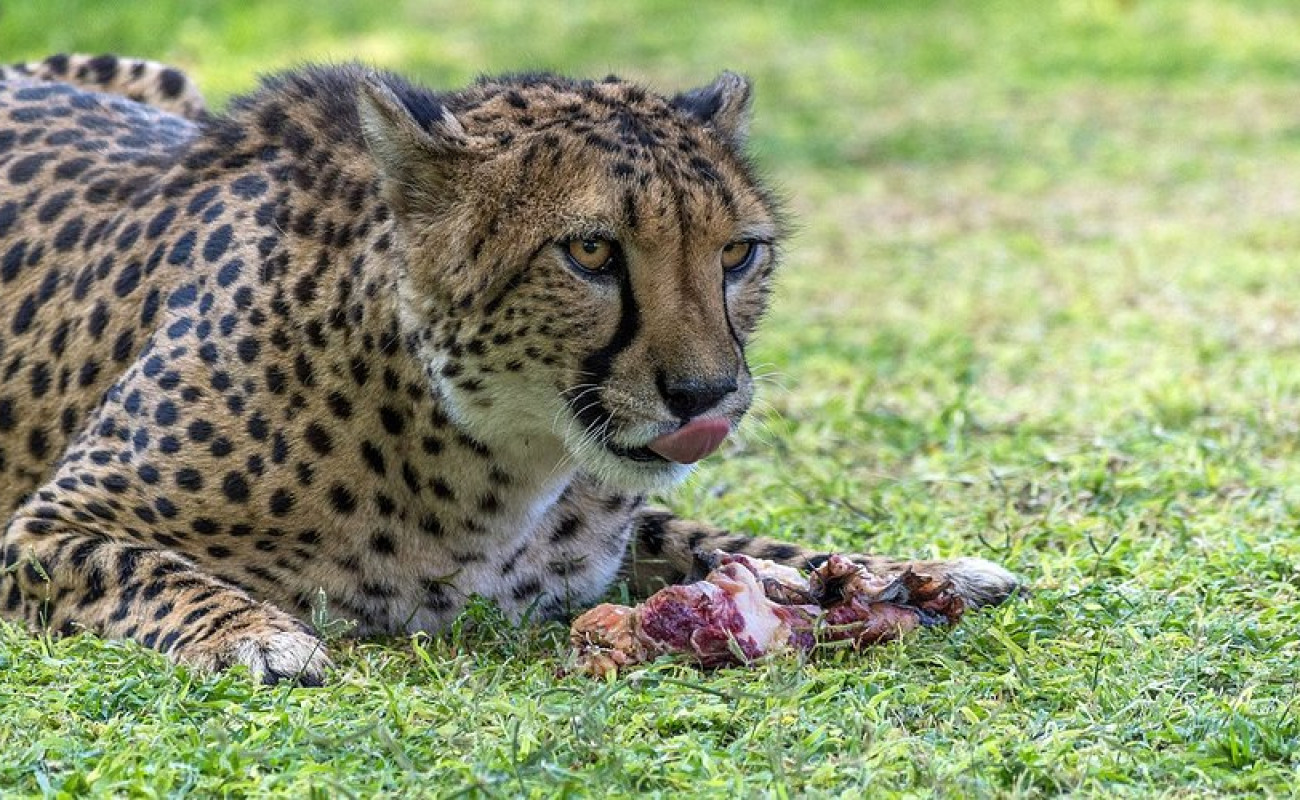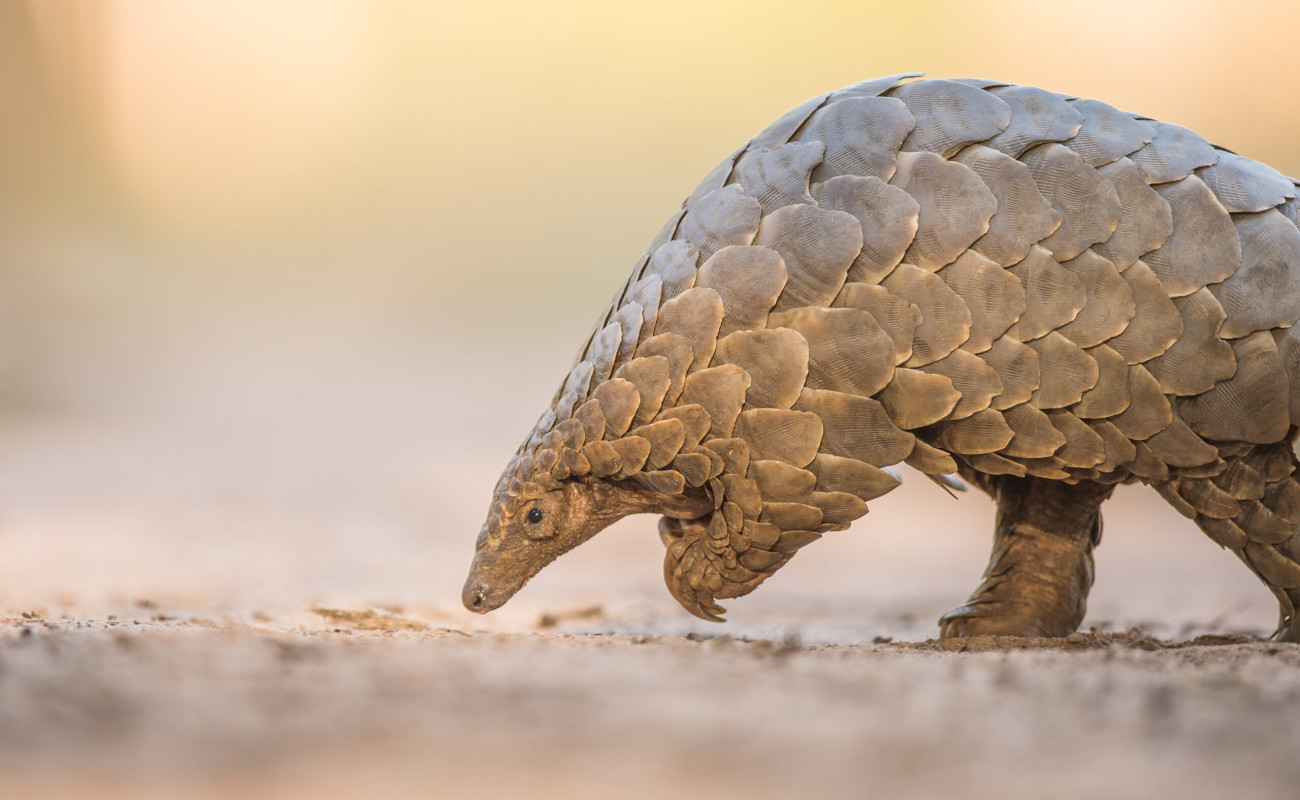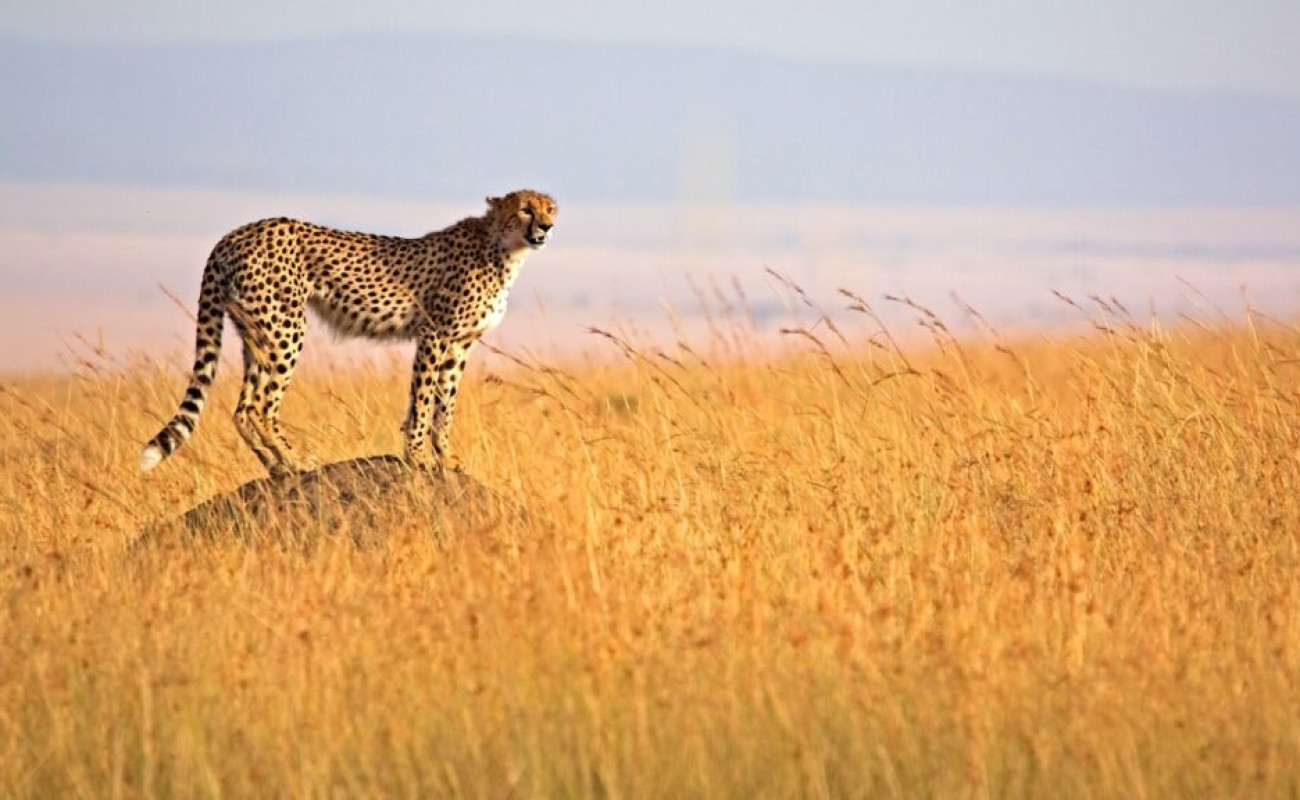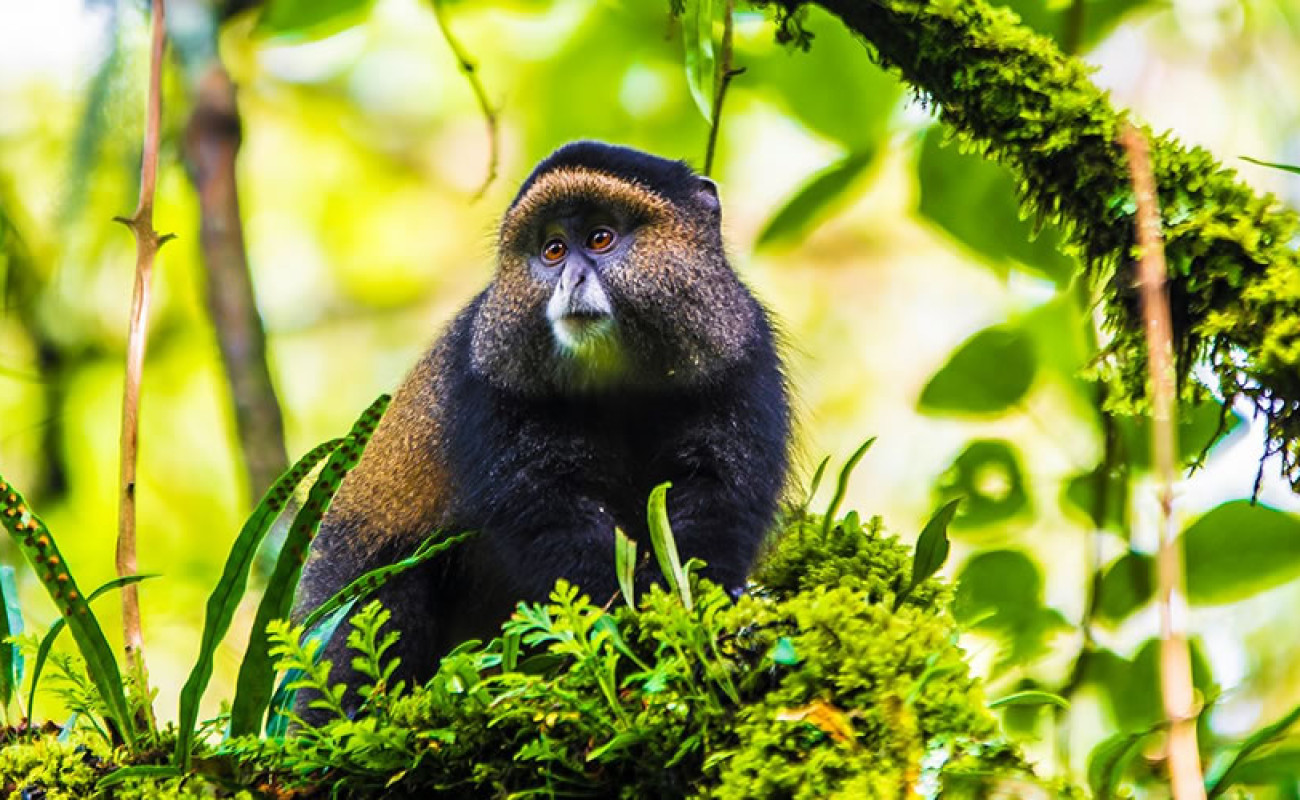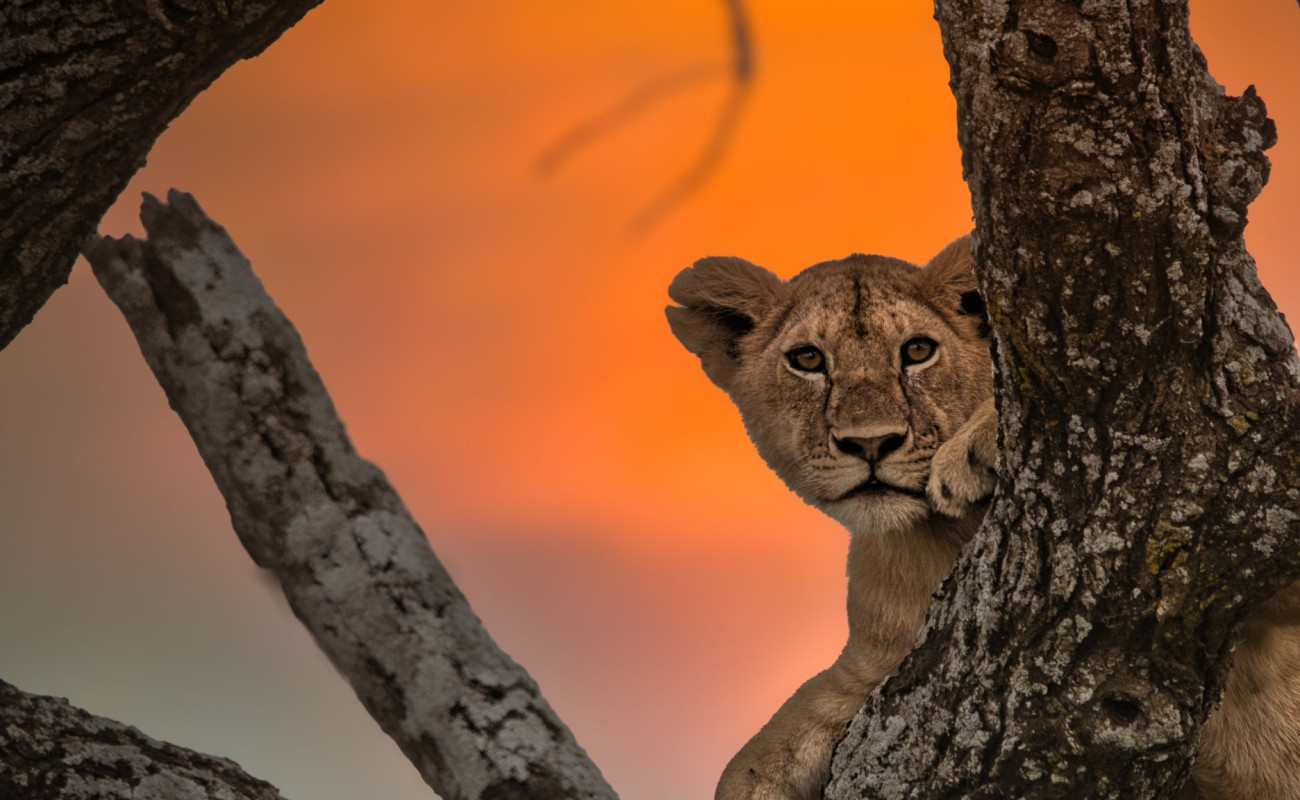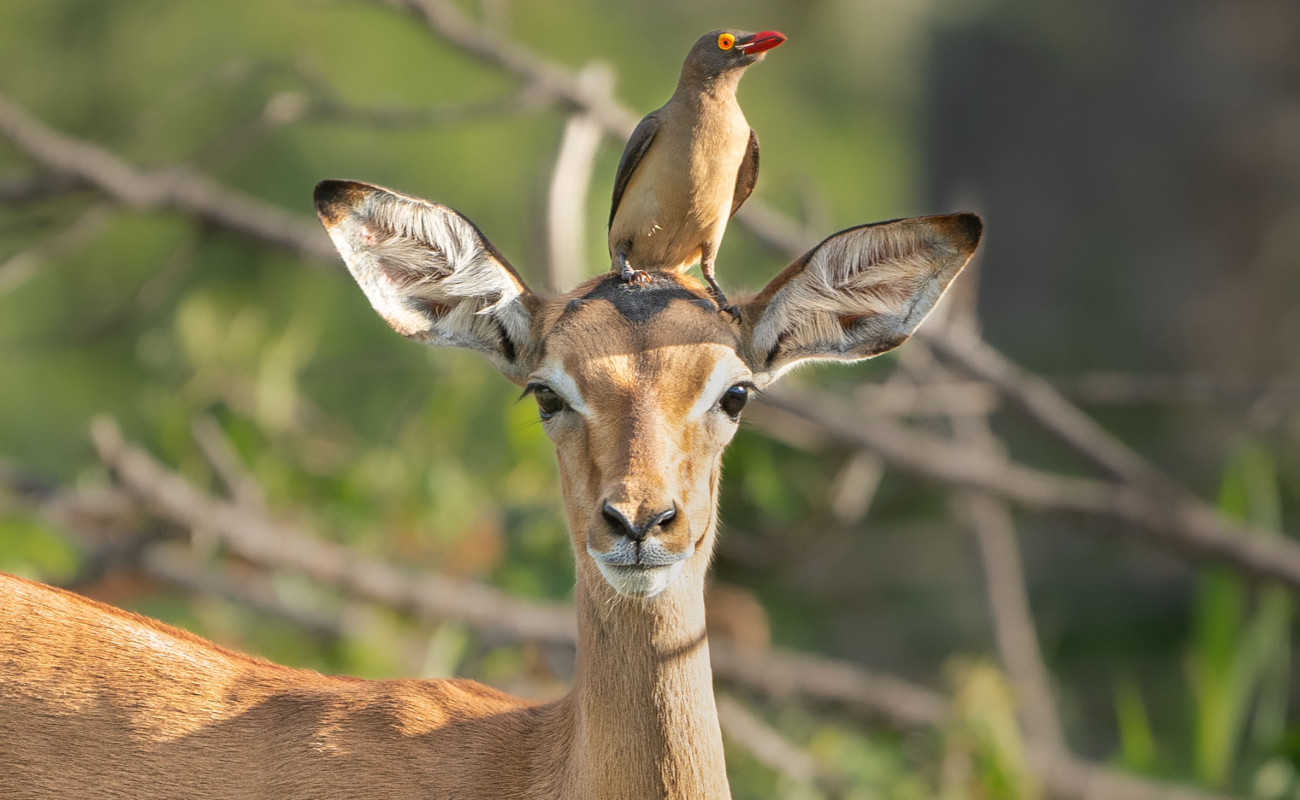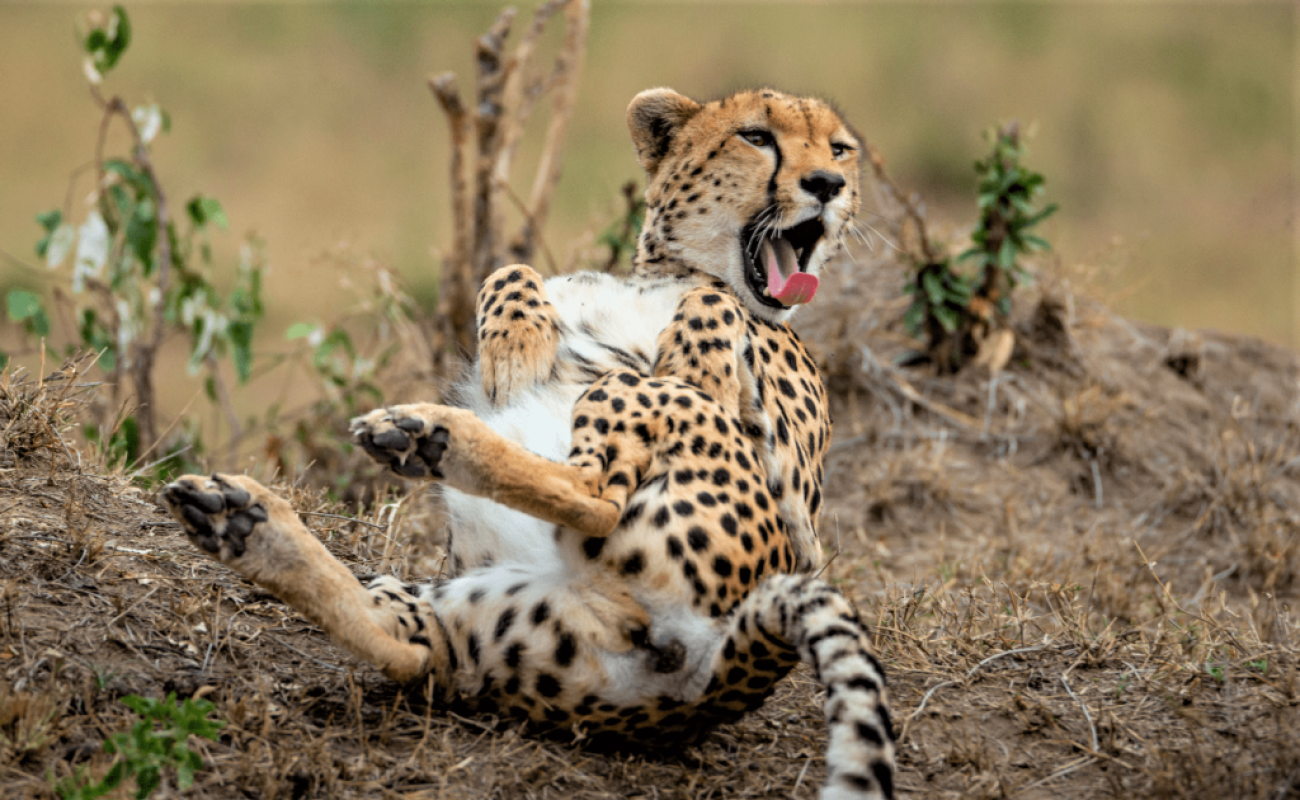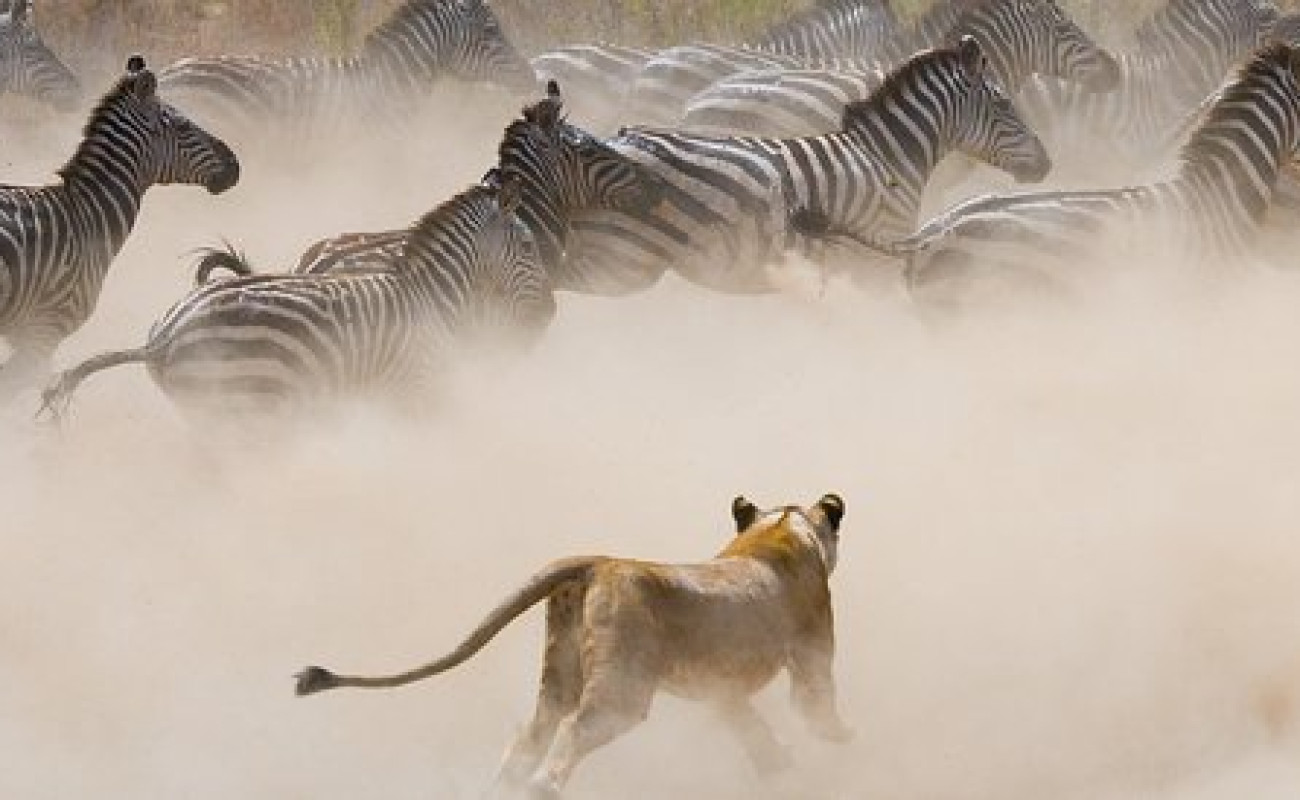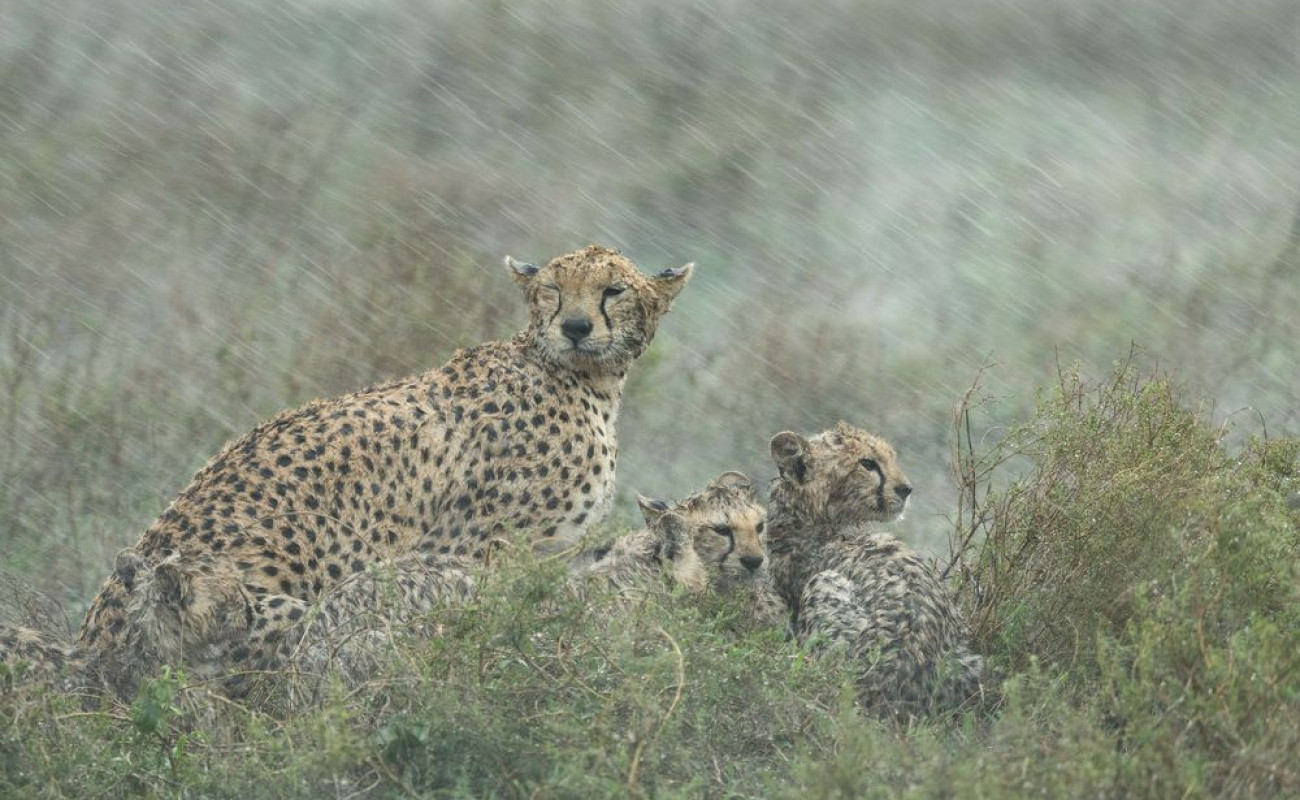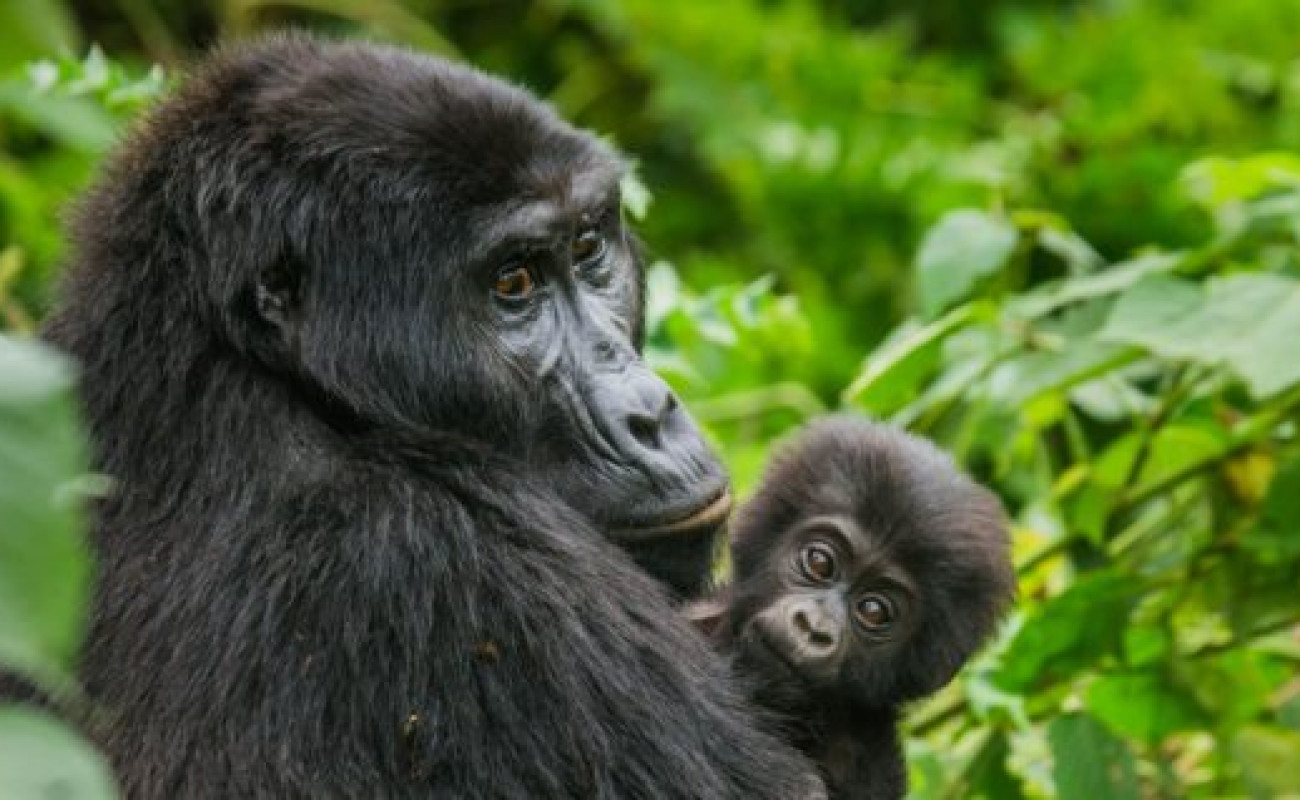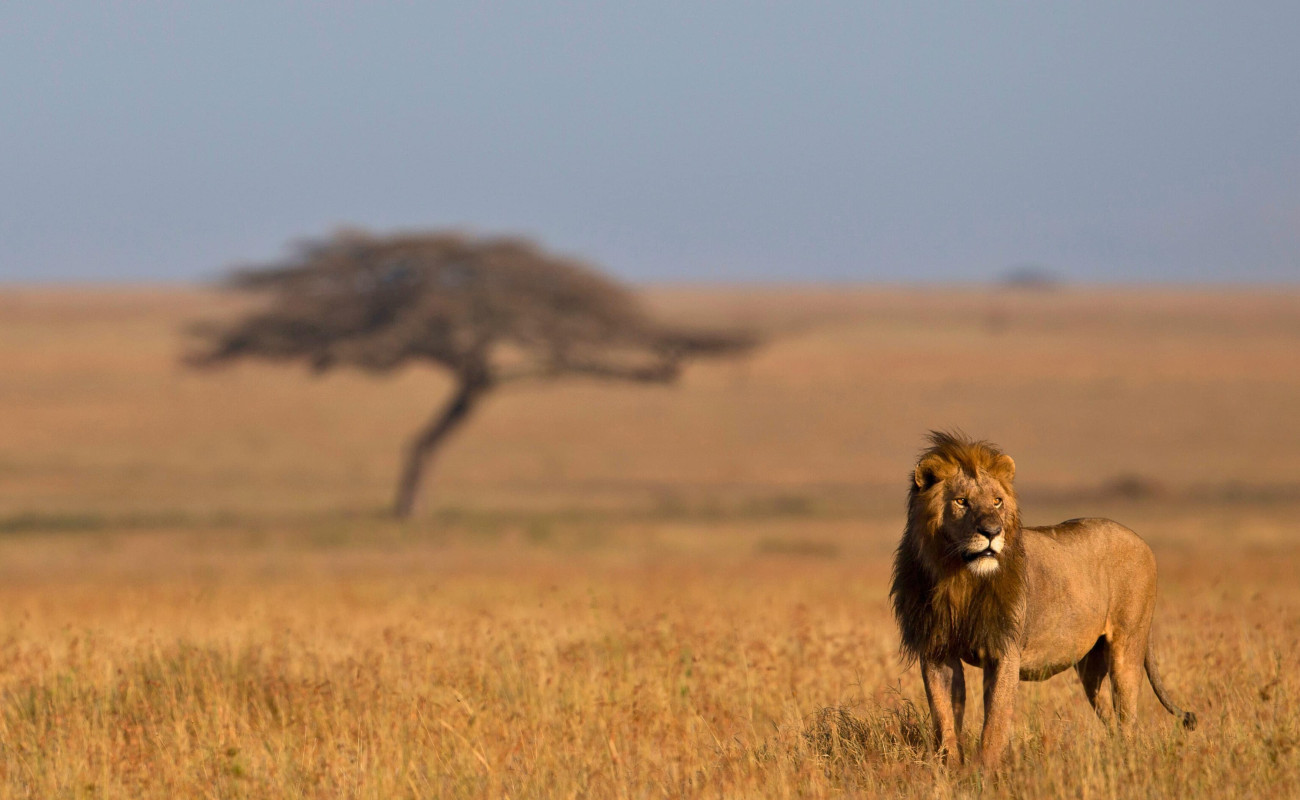Your chances of seeing a hunt vary by ecosystem, season, and species.
1.Serengeti National Park, Tanzania
During June to October, over 1.5 million wildebeest and zebras cross the plains. Lions, hyenas, and cheetahs follow this migration, making it one of the best times to witness predator-prey drama. Still, with such vast space, no guide can guarantee a sighting.
2.Masai Mara National Reserve, Kenya
Known as “the kingdom of the big cats,” the Mara offers dense predator populations. The Mara River crossings, in particular, create high-stakes drama as crocodiles ambush wildebeest. Yet many safaris still spend entire days watching herds gather nervously on riverbanks without a single crossing.
3.Ruaha National Park, Tanzania
Home to over 10 percent of Africa’s lions, Ruaha is a predator stronghold. Here, visitors may watch coordinated lion hunts targeting buffalo, a scene both powerful and unpredictable. Still, the success of such hunts is far from certain.
4.Nyerere National Park, Tanzania
Famous for African wild dogs, Nyerere offers a rare chance to see these skilled pack hunters in action. But because they move quickly and cover vast distances, sightings require patience and luck.
5.Mikumi and Tarangire, Tanzania
Both parks are prime habitats for elephants and other herbivores, which in turn attract predators. Yet more often than not, visitors see lions lazing under baobabs rather than hunting.
6.Queen Elizabeth National Park, Uganda
Known for its tree-climbing lions, this park offers a fascinating look at predator behavior. While the lions often rest in fig trees during the day, hunting is largely nocturnal, which reduces chances of visitors seeing an actual kill.
